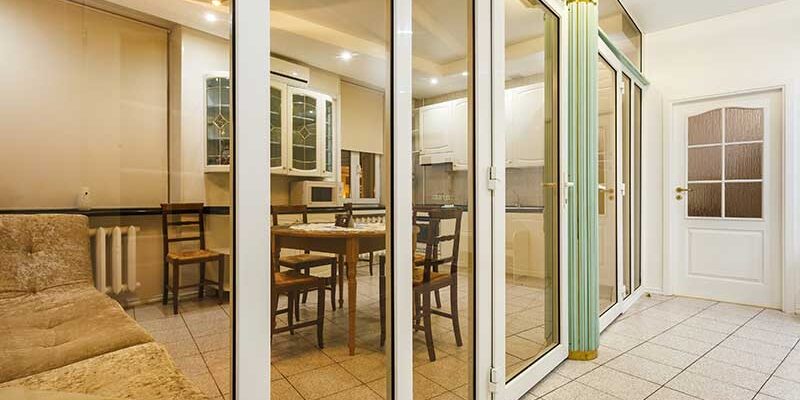In the world of construction and design, glass is not just a one-size-fits-all solution. Its versatility and functionality extend far beyond what meets the eye. Whether you’re building a new home, remodeling an office, or simply replacing a window, knowing the right type of glass to use can significantly enhance safety, energy efficiency, and security. Here, we delve into three major types of glass—tempered, insulated, and laminated—and explain their unique benefits and ideal applications.
1. Tempered Glass: The Safety Shield
Tempered glass, often referred to as toughened glass, is about four to five times stronger than standard glass of the same thickness. It’s made by heating glass to a very high temperature and then rapidly cooling it. This process, known as quenching, leaves the outer surfaces in compression and the interior in tension, making it much tougher than normal glass.
Applications:
- Automobile Windows: Tempered glass is widely used in the automotive industry because it shatters into small, blunt pieces that are less likely to cause injury in the event of a crash.
- Shower Doors: Its strength and safety features make it ideal for use in bathroom environments where slips and accidents are more likely.
- Glass Doors and Tables: In homes and offices, tempered glass is used for furniture and fixtures that might be subject to impact or temperature changes.
2. Insulated Glass: Enhancing Energy Efficiency
Insulated glass units (IGUs), commonly known as double glazing, consist of two or more glass panes separated by a vacuum or gas-filled space to reduce heat transfer across a part of the building envelope. This type of glass is key to energy-efficient buildings as it significantly reduces the heating and cooling costs.
Applications:
- Exterior Windows: IGUs are perfect for residential and commercial buildings to minimize the energy expenditure on heating and cooling systems.
- Skylights: Used in skylights, insulated glass can help maintain consistent indoor temperatures while still letting in natural light.
- Glass Facades: For high-rise buildings, insulated glass helps in maintaining temperature control and reducing the urban heat island effect.
3. Laminated Glass: The Protector
Laminated glass consists of two or more layers of glass bonded together with an interlayer, typically of polyvinyl butyral (PVB), which holds the sheets together if shattered. This interlayer keeps the glass intact during impact or when broken, making it an excellent choice for security and safety.
Applications:
- Car Windshields: Laminated glass is used in car windshields to prevent shards from entering the vehicle during accidents.
- Bank Security Windows: Its ability to withstand impacts makes it suitable for use in security-sensitive environments such as banks or government buildings.
- Hurricane-resistant Windows: In hurricane-prone areas, laminated glass can prevent debris from breaking windows and compromising the building’s envelope.
Choosing the right type of glass for your project is crucial. Whether it’s for safety, energy efficiency, or security, each type of glass has its specific properties and applications. By understanding these differences, you can make informed decisions that will not only save money and enhance comfort but also increase the safety and security of your installations. Remember, the next time you consider a glass replacement or installation, think beyond aesthetics—think about the type of glass that best meets your needs





